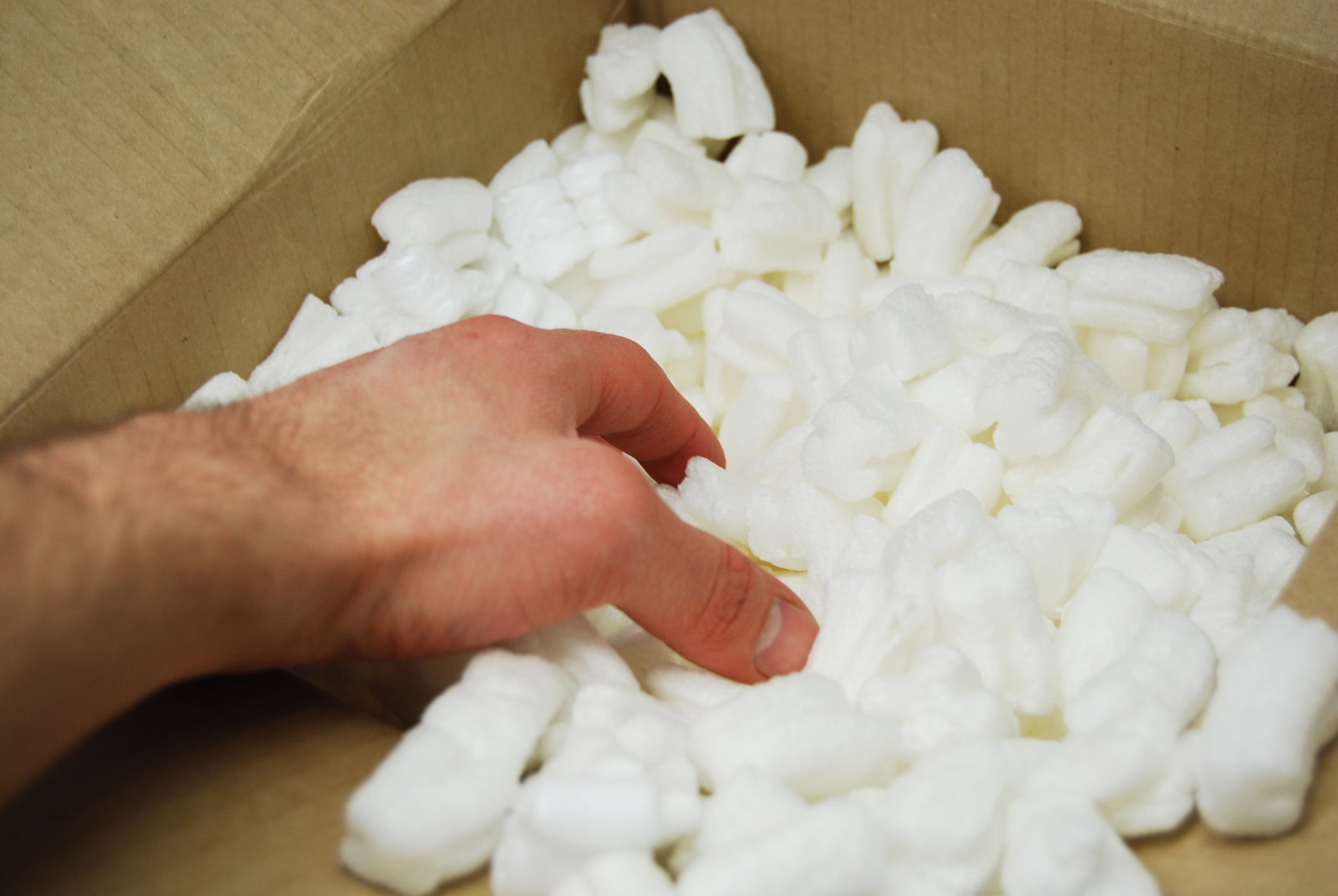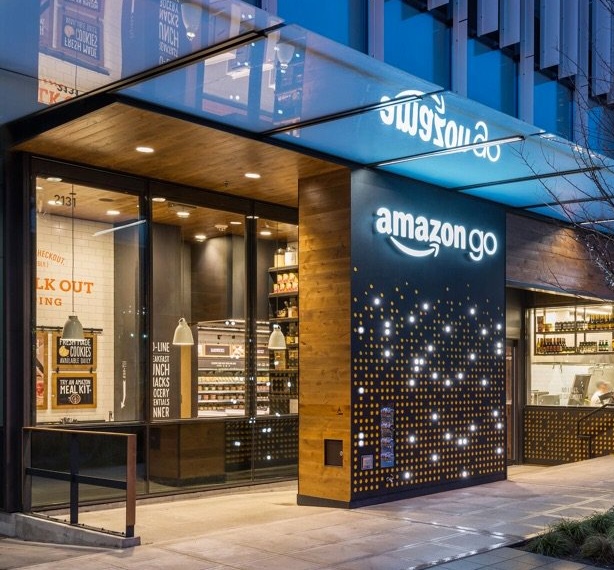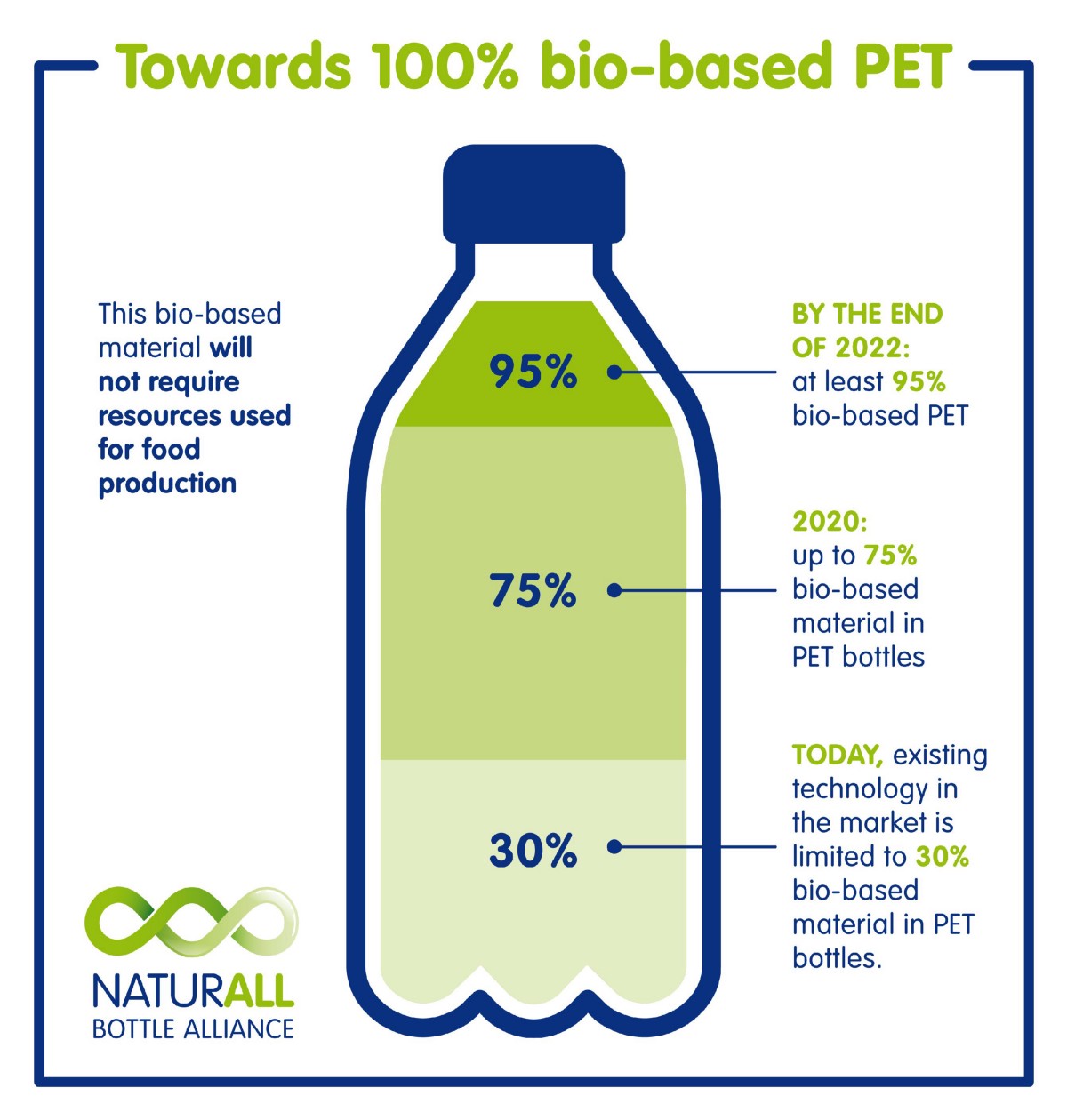
Have you ever gotten a box in the mail, pulled out whatever was inside, been left with piles of packing peanuts, and wondered: can you eat packing peanuts? If you think it’s a crazy question, it’s not—many people wonder if packing peanuts are edible, and many more are likely surprised by the answer.
While most packing peanuts used to be Styrofoam — chosen because the shipping method is convenient and cheap—that material doesn’t decompose well. That’s why biodegradable packing peanuts are growing in popularity. They’re usually made from wheat and corn starch, making them edible (although not necessarily palatable). Such natural sources are indeed biodegradable and thus compostable.
The question of whether or not you can eat packing peanuts opens the door to a larger and more interesting conversation about food packaging and waste. We’ve talked before about how buying in bulk, for instance, doesn’t just save money but often reduces packaging, which is good for the environment. Another way for packaging to be greener, though, is for it to be biodegradable or, if we want to take a step further and head towards utopia, edible!
Water Bottles are Getting Better
Water bottles are perhaps one of the most obvious examples of wasteful packaging. Increasingly, though, companies are working to make them biodegradable. Boxed Water is the most obvious example of this trend; the company’s carton packaging is 76% made from paper, as the company explains, and that paper is all from sustainably managed forests. All of the product’s packaging can be recycled.
Naturally, traditional water bottle companies are looking to emulate that progress. Dasani’s plastic water bottles are 30% plants and (again according to the company) 100% recyclable.
Still, packaging that is recyclable and recycled are two different things. Last year, Americans used approximately 50 billion plastic water bottles, and recycled them at a rate of just 23%. And reusable water bottles are naturally far superior when it comes to minimizing environmental impact.
A similar story can be told for edible packaging, as there’s little to no environmental impact at all. Enter solutions like Wikicell, invented by a Harvard professor. In a nutshell, Wikicell is an edible skin that replaces plastic packaging—kind of like the gelatin that houses mochi ice cream. Naturally, companies will still need some kind of outer packaging to protect anything edible from dirt and debris, but such solutions at least minimize the packaging inside packaging that’s far too common.
KFC’s Edible Coffee Cup
A more recent related idea comes from an unexpected innovator: KFC. In 2015, the company’s test labs were working on a 100% edible chocolate coffee cup. Naturally, the hotter the coffee, the faster the cup would, ahem, degrade. There hasn’t been much buzz about the idea since then and this option also hasn’t really taken off. I wouldn’t be surprised if they reused the format or perhaps sold the concept to a third-party in the near future, though.
Edible packaging is an ideal solution when it comes to considering the environment in food sales—and you can bet demand will continue to rise as we continue to waste bottles, wrappers and the like. Biodegradable is a good short-term goal, but actual edible wrappers should be the finish line. As for how you can tell whether or not you can eat packing peanuts? Put a little water on one. If it begins to melt, it is most likely biodegradable.





